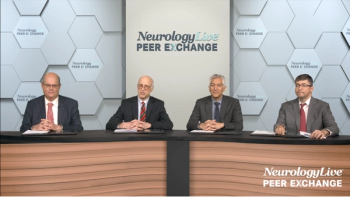
Neuromuscular
Latest News
CME Content

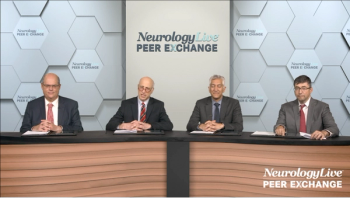
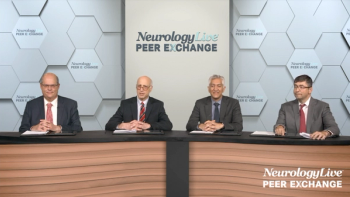
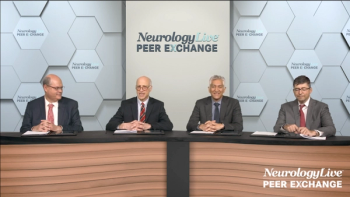
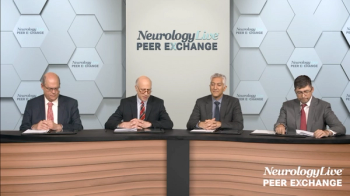
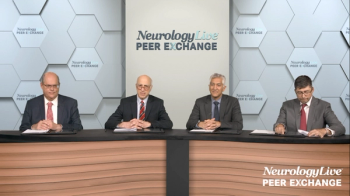
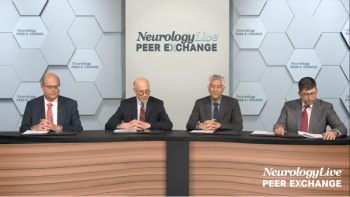
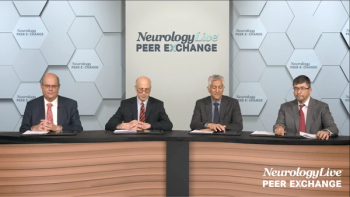




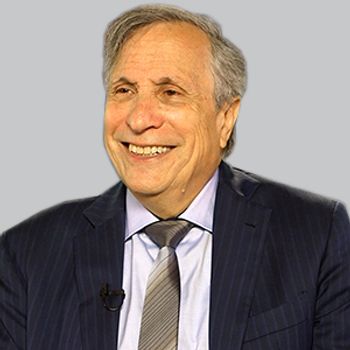
Although highly efficacious DMTs have improved outcomes for a growing number of patients, the majority of people with MS are still subjected to the day-to-day consequences of the disease’s symptoms, which often have a more debilitating effect on the patient than the disease itself.

The investigational candidate is the subject of the 2-part phase 2/3 SUNFISH trial in young adult and pediatric patients with type 2 and type 3 SMA.
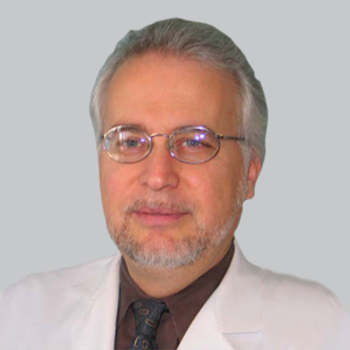
Over the course of approximately 3 years, Hammersmith Functional Motor Scale-Expanded and Upper Limb Module scores, as well as 6-Minute Walk Test distances, improved significantly in patients with SMA type 2 and type 3.

Infants with SMA—who have elevated pNF-H levels—experienced significant drops in pNF-H levels when treated with nusinersen (Spinraza, Biogen), suggestive of pNF-H’s potential as a biomarker of disease activity and treatment response.

The approval of nusinersen in 2016 to treat spinal muscular atrophy marked an important milestone in efforts to treat the disease, but even more breakthroughs could be coming soon.
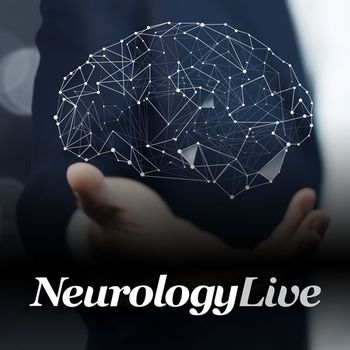
Responses from 1300 physicians suggest that increasing patient load and adding ancillary services may be the key to increasing annual income.

Neurology News Network for the week of April 20, 2019.

With 2 targeted treatments on the market, therapeutic development may now focus on early detection.

The phase 1 results support the initiation of the phase 2/3 clinical trial which is expected to initiate in July 2019.

Data from the STR1VE trial have reinforced the findings from the phase 1 START trial, including inclinations of prolonged survival as well as milestone achievement never seen in the natural history of SMA.

MediciNova will be moving forward with a phase 2b/3 clinical trial of the ALS therapy, also known as MN-166, in 150 patients. If successful, its data will be used to support an NDA.

The scale includes 11 observable characteristics of CDM1 and was established through the merging of experiences and advice from patients, caregivers, therapeutic experts, and the FDA.

The Aquestive Therapeutics product, marketed as Exservan, was previously granted an orphan drug designation in January 2018. Its NDA is supported by a number of studies which sought to confirm its bioequivalence to its reference listed drug.

































